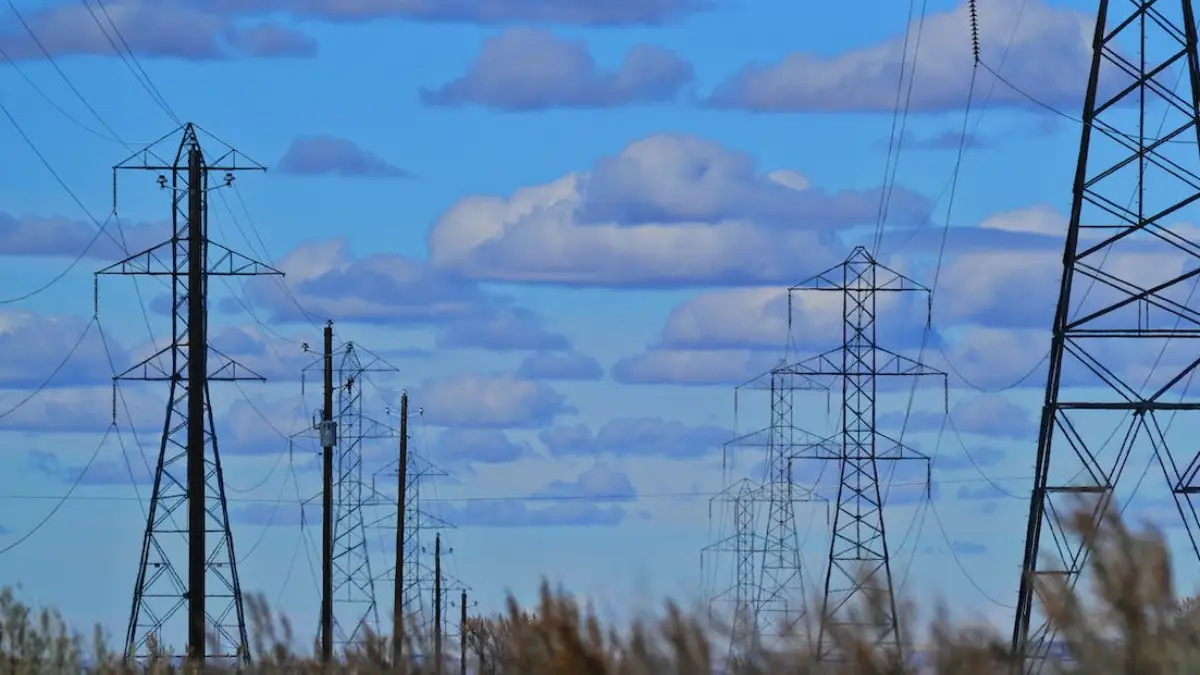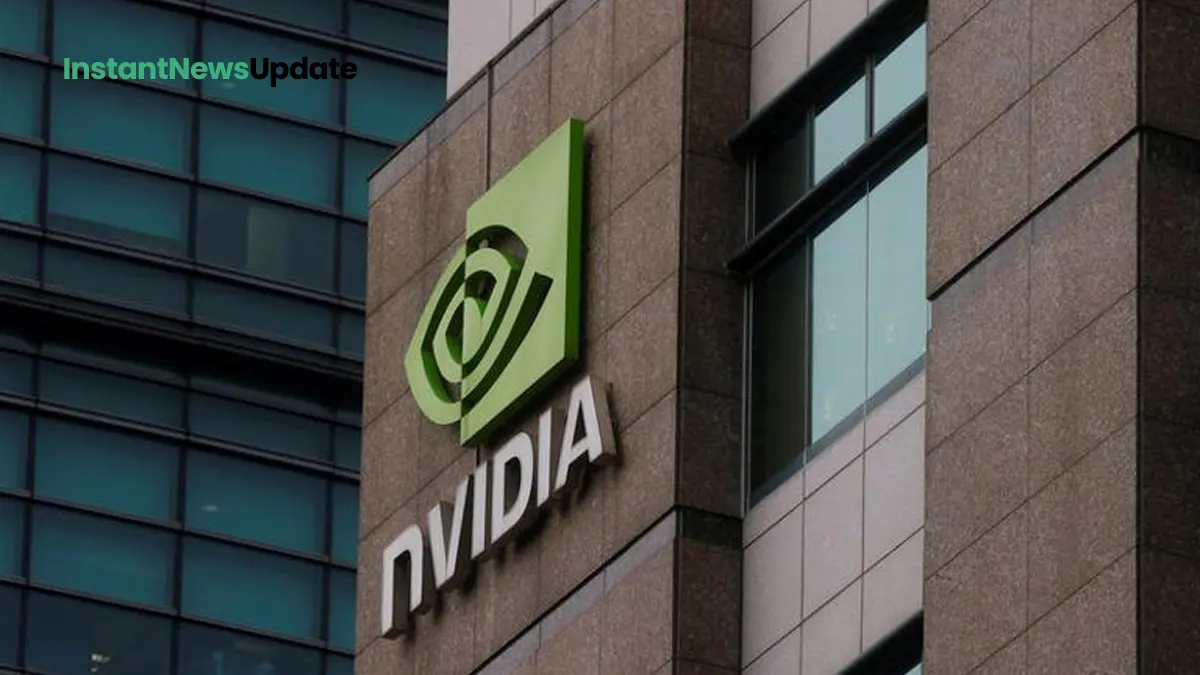Introduction:
The European Space Agency’s (ESA) ambitious ClearSpace-1 mission, designed to remove space debris from Earth’s orbit, faces an unexpected challenge. Concerns about space clutter and its possible dangers have been raised as the mission gets ready to target a rocket adapter known as VESPA that was left over from a Vega rocket launch in 2013. This development underscores the importance of addressing space debris and its potential dangers.
The ClearSpace-1 Mission:
ESA initiated the ClearSpace-1 mission as a pioneering effort to demonstrate space clutter removal techniques and promote a sustainable commercial space ecosystem. ClearSpace, a Swiss start-up, provides the technical expertise for this mission. The primary objective is to safely remove derelict objects from orbit, preventing them from becoming potential hazards.
VESPA’s Unplanned Role:
VESPA, the rocket adapter in question, has unexpectedly taken center stage in the ClearSpace-1 mission. It was originally part of a Vega rocket launched from ESA’s spaceport in Kourou, French Guiana, back in 2013. Now, it is slated as the target for an upcoming active debris removal (ADR) mission, where the goal is to safely remove the debris from orbit and facilitate its atmospheric reentry.
Newly Discovered Fragments:
Recent findings near the VESPA adapter have unveiled fragments likely resulting from a high-speed collision with an untracked object. This incident serves as a timely reminder of the critical importance of the ClearSpace-1 mission. Larger space debris objects pose a significant threat as they can fragment into smaller pieces, potentially causing substantial damage to active satellites. To mitigate such risks, addressing space debris is paramount.
The Scale of Space Debris:
Space debris falls into three categories, categorized by size:
- Objects measuring 10 centimeters or larger are estimated at around 35,000.
- A middle group, ranging from 1 millimeter to 10 centimeters, comprising millions of pieces.
- A third group, smaller than 1 millimeter, with an estimated population in the trillions.
While larger objects pose a threat, the middle group presents challenges in identification and location. Active debris removal relies on specially designed collectors to passively capture these pieces.
Commercial Prospects:
Experts like Darren McKnight from LeoLabs foresee a future for commercial active debris removal. Initially funded by major space agencies, commercial demand is expected to grow as companies lower prices. High Earth-orbiting satellite constellations may require debris removal services in the event of payload failures.
Responsibility for Cleanup:
McKnight emphasizes the responsibility of major spacefaring nations to clean up debris from their state-run programs left in orbit for decades. While some countries have reduced their rocket body accumulation, others, like China, have contributed significantly to the issue.
ADR Pricing and Object Size:
Active debris removal missions may focus on objects exceeding 2,205 pounds (1,000 kilograms) above 435 miles (700 kilometers) due to their potential for generating more persistent debris. Pricing for massive derelicts is expected to be similar, but smaller, newer satellites with grappling fixtures may cost less to retrieve.
Addressing Uncertainties:
To tackle the complex challenge of space debris, experts acknowledge the need for better observation techniques and autonomous actions. The ever-changing orbital environment, influenced by various phenomena, presents a significant challenge. Uncertainty remains a constant factor in space debris management.
Conclusion:
The ClearSpace-1 mission’s unexpected findings near the VESPA adapter underscore the pressing need to address space debris and its potential hazards. With growing commercial interest in active debris removal, the mission serves as a crucial step toward achieving a cleaner and safer orbital environment.









